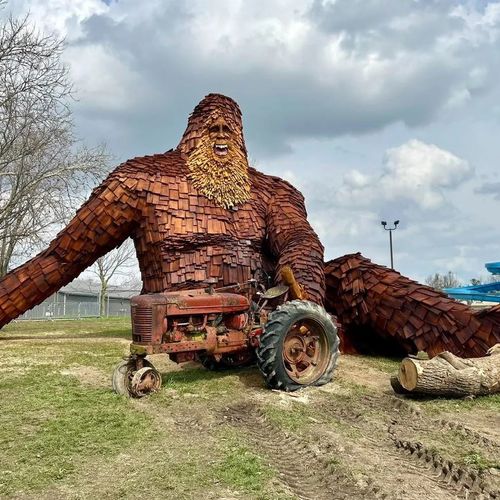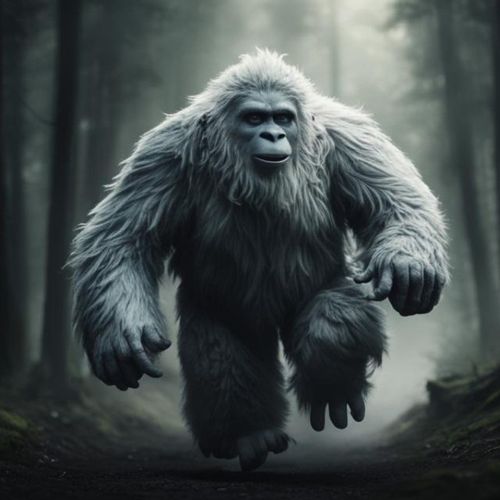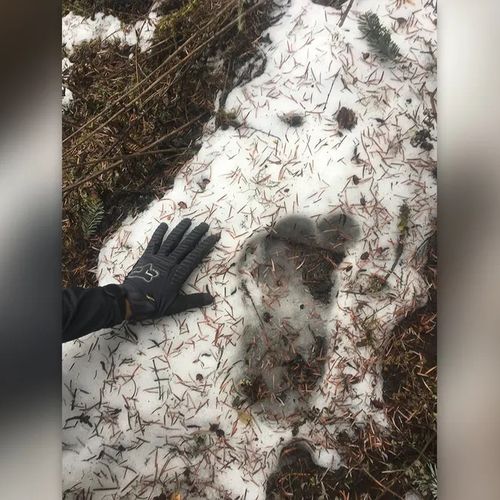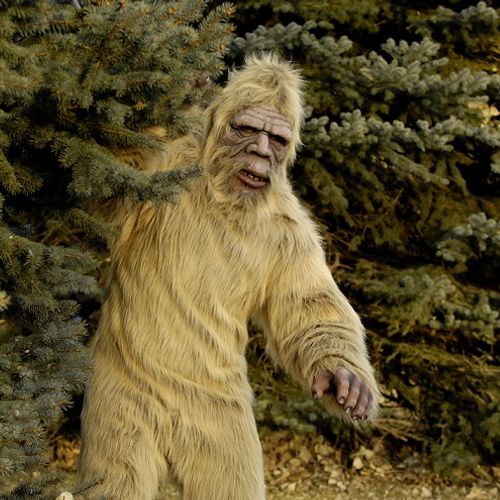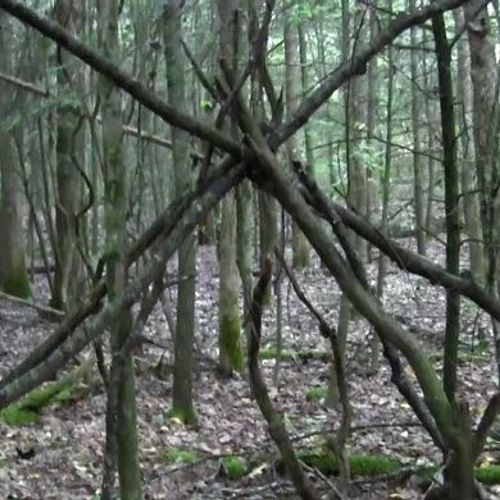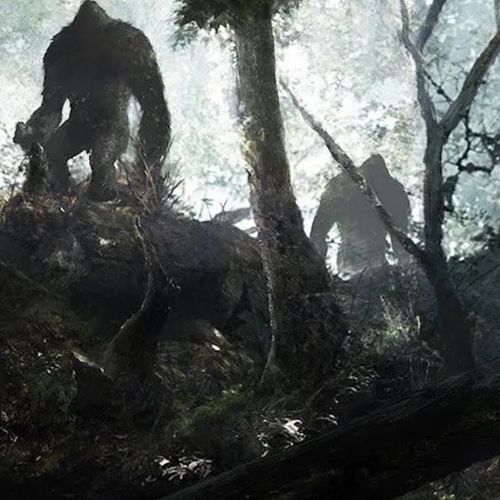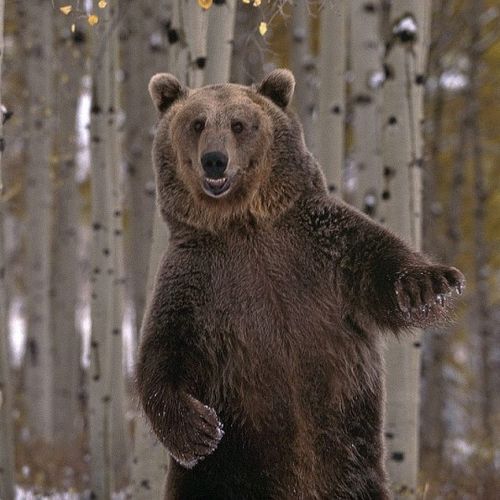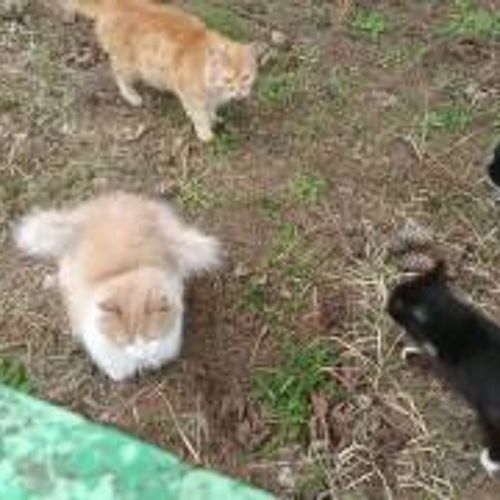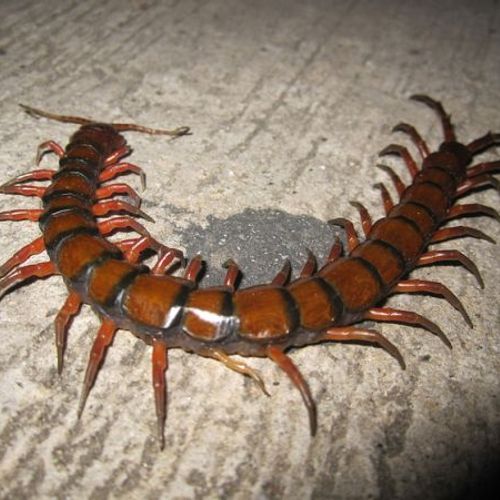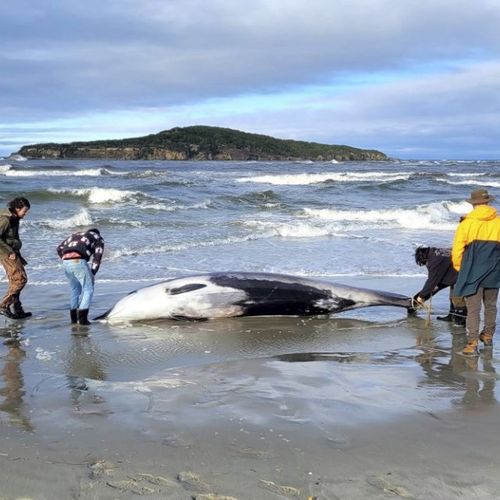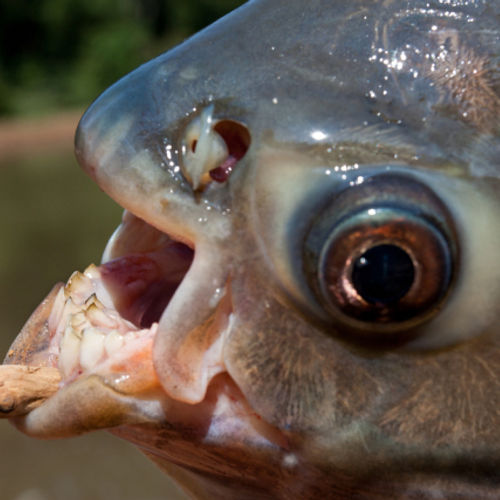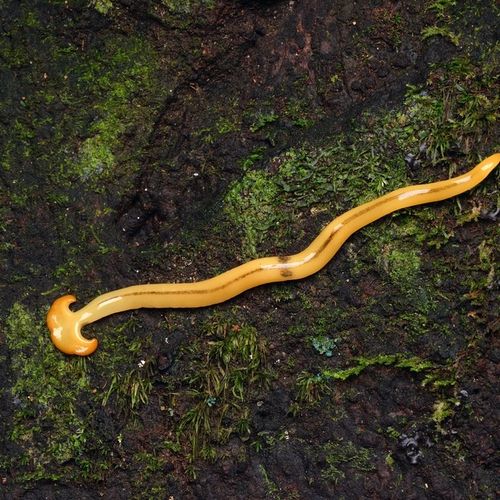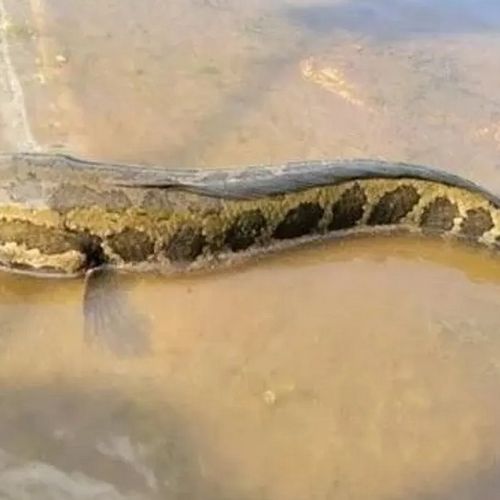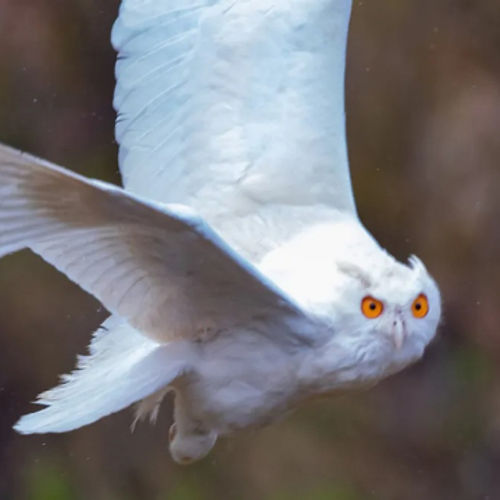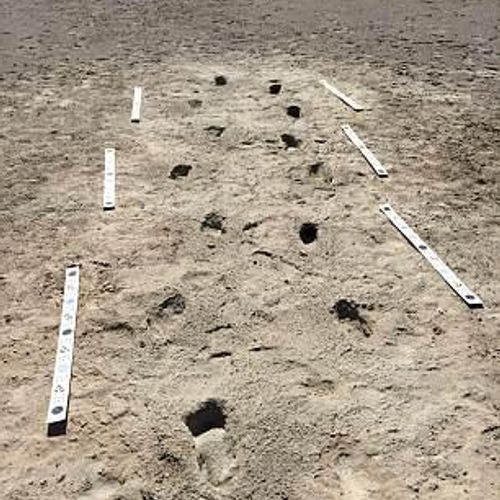
| Added | Fri, 27/04/2018 |
| Источники | |
| Дата публикации | Fri, 27/04/2018
|
| Феномены | |
| Версии |
Scientists suggest that they are faced with a giant animal. According to the assumptions, huge sloths in North America accounted for more than 6.5 feet (1.98 metres) tall and had huge claws. Most scientists believe that overhunting of people eventually led to their disappearance. The story holds many mysteries of our civilization and is in no hurry to reveal them.
Thousands of years ago, these slow-moving herbivores – sloths – were a force to be reckoned with. With growth of nearly 2 meters, with huge claws, they were able to kill many people. Scientists found evidence of the deadly battle between the ancient people and giant sloth towering over them almost in half, standing on hind legs. Besides the huge animal was equipped with a set of sharp claws on four paws.
Giant sloths lived until 11,000 years ago, and it is widely believed that excessive hunting of them eventually led to their disappearance. Now you can only watch their fossilized footprints in the salt mines National Park white Sands in southwestern new Mexico.
The traces show that the people did follow the exact footsteps of a giant animal, and then attacked him, maybe throwing spears.
"The story we can read from the traces, is that the people pursued the animal, following in the footsteps of the sloth," said Matthew Bennett, one of a group of scientists who made this discovery.
"While he was distracted and turned around someone else was trying to get his spear to deliver the final blow," said Bennett, Professor of environmental and geographical Sciences at Bournemouth University in the South of England.
"It's an interesting story, and it's all written on the tracks." Composite plaster, shown in the photo, shows the range of traces on the plot. Researchers have determined that it is "swirling traces", which show the rise of the sloth on his hind legs in a defensive motion.
In addition to the traces of the people who pursue Bigfoot, there are still a few human chains of traces. On this basis, scientists have concluded that people worked as a group and a separate team was distracted and the animal to outwit him. Circular traces are always associated with the presence of human traces.
Where there is no human footprints, lazy walk in straight lines, but where there are human footprints, the animal is rejected immediately, suddenly and sharply change direction.
Presumably, these tracks have an age more than 11 thousand years.
This ancient Yeti had a height of 10 ft and weighing up to 1,500 pounds (227 kilograms). The giants were bulky, with short necks, powerful limbs and massive jaws. They had three claws on the hands that they could use for digging, grabbing or protection. Under their coarse brown hair they had small, bony plates under the skin as a protective armor like today are the armadillos.
Sloths lived in South America before the continent was connected to North America through Panama. It was a herbivore that ate grass, shrubs and flowering plants, used his strong face and sharp nose to smell the food. Yeti lived in open areas of pastures and ate mostly grass. Thanks to new methods of 3D modeling fossil footprints preserved and could be interpreted. Using a standard digital camera to take pictures of 22 different angles, a computer algorithm creates a precise 3D visualisation of the print.
"This evidence really shows us how people could cope with one of these big animals and the fact that they almost certainly did it regularly, is important, said Bennett. - The discovery of two sets of fossil tracks that interact, show contemporaries behavioral ecology, which happens very rarely".
Mysteries of history and civilization for a long time will be hidden from contemporaries. They are in no hurry to reveal its secrets and appear unexpectedly. As happened in new York during the construction of a residential sector at the site of the old hotel. There were found 75 of the skeletons of Roman gladiators.
Translated by «Yandex.Translator»
Новости со схожими феноменами
Новости со схожими версиями
Log in or register to post comments






